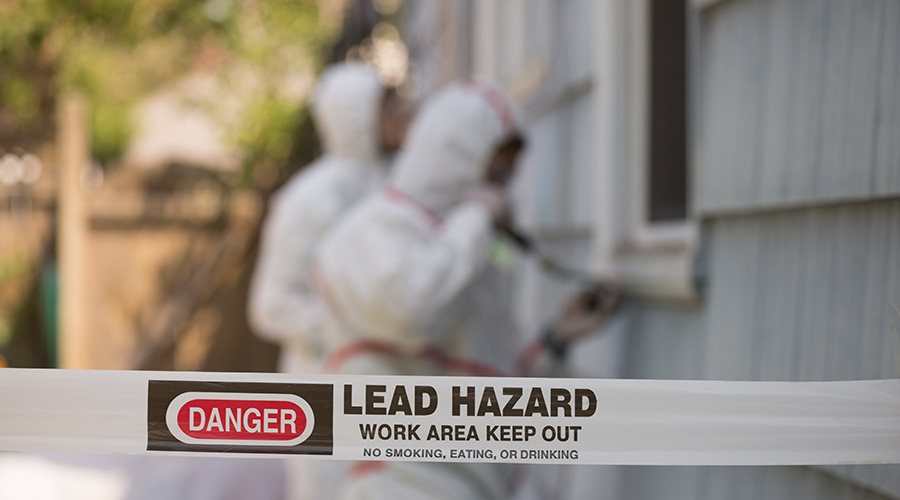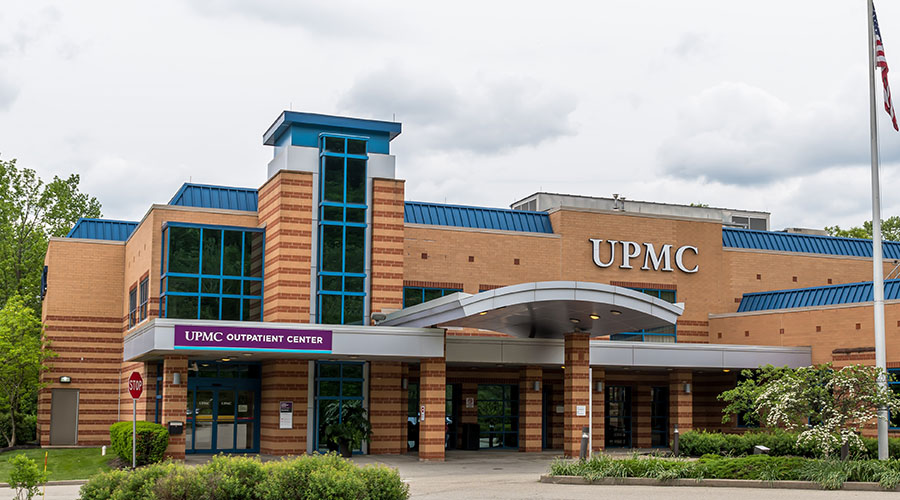Water Use: Slowing the Flow
Low-flow and waterless plumbing fixtures help managers answer facilities’ growing need for water conservation
Water has long been taken for granted as a resource in institutional and commercial facilities. It has been inexpensive and plentiful, and facilities have had few incentives to conserve it.
But the situation is changing rapidly. Population growth, economic development and prolonged regional droughts are forcing municipal water systems to seek ways to reduce the demand for water. Faced with rising rates and possible use restrictions, maintenance and engineering managers must look for ways to reduce water use within their facilities without hampering operations.
One of the easiest and least-intrusive ways to reduce facilities’ water use is to replace existing fixtures and appliances with those that conserve water. Water-conserving toilets and urinals and low-flow showerheads and faucets can have a significant impact on facility water use.
Many facilities that have installed such appliances and fixtures have reduced their non-irrigation water use by up to 30 percent. And with a need to heat part of the water, any reduction in water use also will cut energy use. Those who have converted to low-flow devices are receiving a payback for their investment in as little as one to three years.
Standards Rise
Not long ago, it was difficult to find quality water-conserving, or low-flow, devices suitable for use in facilities. That changed as a result of the passage of the 1992 National Energy Policy Act. While the act was aimed primarily at energy supply and use, it also established prescriptive water use standards for a number of commercial plumbing products.
Toilets were to use no more than 1.6 gallons per flush, urinals were limited to 1 gallon per flush, and faucets and shower heads were allowed a maximum flow rate of 2.5 gallons per minute (gpm) when operated at a line pressure of 80 pounds per square inch. Today, that flow rate has been further reduced to 1.5 gpm for faucets.
When the standards were introduced, manufacturers rushed products to market that complied with the new standards. In most cases, the first generation of products consisted of little more than modifications to existing products. Unfortunately, a number of these products failed to perform satisfactorily, and water-conserving devices developed a bad reputation.
Technology has since changed. Products have been re-engineered from the ground up to use less water. Performance has improved, as has user satisfaction.
In spite of the improvements, managers still have a hard sell because the perception of poor performance still exists.
Managers have two options to overcome this perception. They can widely promote the performance and benefits of the latest generation of water-saving fixtures, and they can develop a demonstration program. By keeping building occupants informed of steps being taken and the reasons for taking the action — as well as benefits the products have delivered elsewhere — managers can overcome much of the resistance to new fixtures. By setting up a demonstration program, users can see for themselves how well the fixtures perform.
Water-saving Fixtures
Low-flow toilets. Toilets are the single largest users of water in many facilities. One flush of each standard toilet uses 3.5-5.5 gallons of water. By contrast, today’s low-flow units require 1.5 gallons per flush.
Early-generation units were plagued with operation and maintenance problems, giving low-flow units a bad reputation. Today’s units have been completely re-engineered for operation under low-flow conditions. Redesigned water inlets, traps and directing jets eliminate the need to flush twice, a common complaint concerning the operation of early low-flow models.
Low-flow urinals. Urinals, like toilets, use large amounts of water. Before the advent of low-flow models, many urinals required 2-3 gallons of water per flush. Today’s low-flow models all require less than 1 gallon per flush. Although designing a low-flow urinal did not present the same problems that manufacturers experienced with low-flow toilets, design changes were required in order to develop a unit that performed successfully. When coupled with a touchless, automatic control valve, water savings produced by low-flow urinals is even greater.
Waterless urinals. The newest addition to water-conserving devices is the waterless urinal. Applicable to both new construction and retrofits, the units operate without water or a flush valve. To form a barrier that prevents odors from entering the restroom, the urinals use an internal trap filled with a liquid that is lighter than urine. In a typical application, this urinal can save up to 44,000 gallons of water annually.
Low-flow faucets. A standard lavatory sink faucet has a flow rate of 2.5-5 gpm. Redesigned low-flow faucets have reduced this flow rate to 1.5-2.5 gpm while maintaining an adequate flow rate for hand washing. The design of the aerator installed in the outlet has made the faucets so successful. These aerators mix air into the water as it leaves the faucet, reducing both the flow and the amount of splashing, while increasing wetting efficiency.
Touchless controls. Touchless controls for restroom faucets have been widely promoted as a means of improving hygiene in restrooms. An infrared sensor detects a user’s hands under the faucet and turns on the water. Removing the hands turns off the water flow. Unlike timed and other automatic controls, touchless controls limit water flow. They also promote water conservation for toilets and urinals. By automatically flushing the units after use, automatic controls prevent users from overflushing.
Point-of-use water heaters. Traditional building designs rely on a central water-heating system. A centrally located boiler generates hot water, which is distributed through insulated piping. Larger buildings use circulation pumps and large central storage tanks to improve system performance.
Systems designed to generate hot water at the point of use employ multiple, smaller water heaters located throughout a facility. Generating hot water at the point of use reduces distribution losses and, just as importantly, water requirements. When hot water is generated in a central system, even in circulating systems, water must be run for a few seconds before hot water is available to the user. Point-of-use water heaters eliminate this waste of water.
Low-flow shower heads. These fixtures, similar to low-flow toilets, had to go through several design generations before they produced acceptable performance. Today’s generation of low-flow showerheads have reduced flow rates, from as high as 7.5 gpm to less that 2.5 gpm. And since the units reduce the flow of hot water, they generate additional energy savings in water heating.
Mechanical Systems
One area that managers too often overlook when implementing a water-conservation program is a building’s mechanical systems. Building boilers and cooling towers have significant requirements for water use that managers must consider.
Both boilers and cooling towers use automatic valves to maintain water levels to keep contaminants within acceptable concentrations and to make up for water lost from the system. Controls that operate properly minimize water use, but control valves that stick or otherwise fail to operate properly use large volumes of water in a very short period of time.
Managers must ensure that technicians inspect all water-using mechanical systems daily to ensure their proper operation.
Maintenance Issues
While water-conserving devices are low-maintenance items, they cannot simply be installed and forgotten. Technicians should check all units regularly and make periodic adjustments to flow-control devices.
Automatic flow controls require battery replacement every one to two years because dirt and contaminants in the water system can easily clog the small openings in flow-control devices.
Managers need to establish a schedule for inspecting and testing all water-conserving devices. By setting up the program as the devices are installed, managers can ensure that the program will achieve its greatest potential.
Specifying for Savings
When specifying water-conserving devices, maintenance and engineering managers should require that all devices conform to product-performance standards outlined by ASME/ANSI Standard A112. The specifications must reference all applicable code requirements that products must meet. Managers will need to:
- develop a list of fixtures to replace and devices to install, including their locations
- include a list of acceptable manufacturers and products
- require contractors to submit manufacturer product data sheets for all devices.
The specifications also must ensure that products are installed so they can be maintained. For example, control devices must be accessible to allow adjustment, repair and replacement.
Finally, managers will need to identify test procedures to be conducted on fixtures and devices to confirm that they comply with the specification’s requirements.
|
Related Topics:











